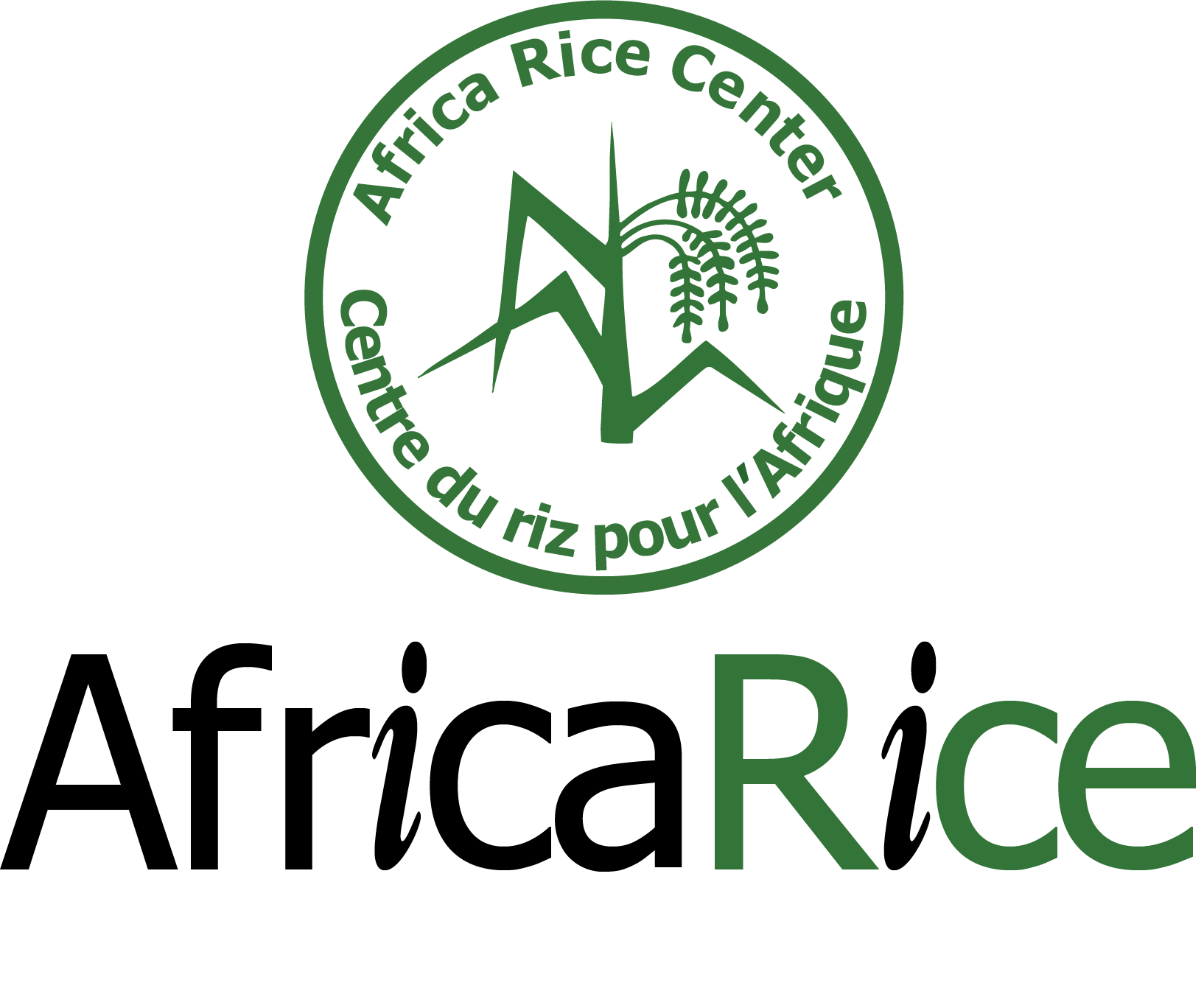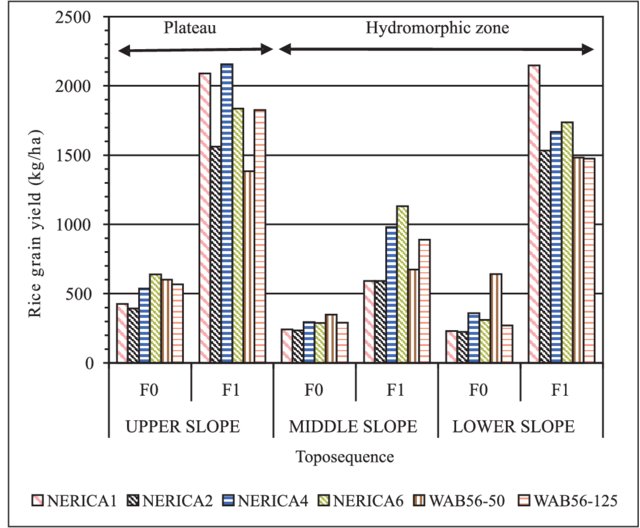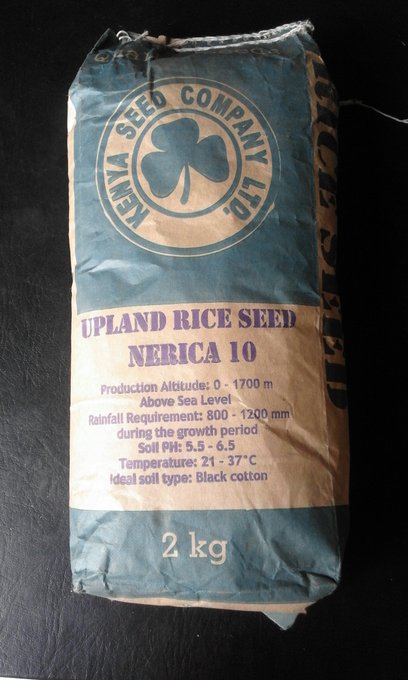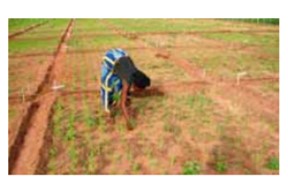New rice for Africa (NERICA varieties)
Summary
Improved rice cultivars for a broad range of growing areas in Africa have been developed by breeders through crossing of natural landraces from the continent with lines of Asian rice. These NERICA varieties get a greater yield and are more resistant to weeds and diseases compared common non-improved varieties. Having inherited the ability from African types of rice to grow under nutrient and water limiting conditions the new genetic resource is ideally suited for enhancing the productivity and profitability of rice farmers, and decreasing imports of the staple food. There are two main new rice varieties that have been released in Sub-Saharan African countries, i.e., lowland NERICA for cultivation at valleys and low-lying floodplains where water and nutrient stress are less frequent, and upland NERICA suitable for cultivation on hilltops or elevated plateaus where the crop is faces with limiting conditions more often.
About the Solution
Lowland NERICA has a yield potential of 3 to 6 ton grain per hectare under non-water limiting conditions and upland NERICA a yield potential of 2 to 3 ton grain per hectare under water limiting conditions. The new rice varieties have low levels of weed infestation, are tolerant to short-term drought, can thrive in poor soils, and have moderate levels of resistance to major diseases like rust and leaf blight pests, and pests like nematodes and leafminers. Grain head of NERICA typically hold 300 to 400 grains compared to the 75 to 100 grains of traditional varieties grown in the region, and its stems and heads are strong which prevents shattering, and grow tall which make it easier for farmers to harvest. NERICA lines are early maturing that take only three months to ripen as opposed to six months for the common non-improved varieties, thus allow farmers to grow a second crop of rice or vegetable on the same piece of land. A further nutritional benefit of NERICA is that the lines contain up to 12 percent protein, compared to about 10 percent in the imported rice sold in the local market.
The new rice cultivars are specifically developed for production zones in Africa where water is derived only from rainfall which causes paddies to face intermittent drying of soils, unlike irrigated or flooded fields. Upland NERICA types have the benefit that it is not restricted to cultivation in paddies with continuous supply of water which enables farmers to expand production to places not previously thought possible. A large selection of NERICA is available from seed suppliers in Sub-Saharan Africa that have been adapted to particular conditions on the continent giving farmers the ability to find a suitable variety for their purpose. Farmers in Africa are widely using the new rice cultivars, with more than 800,000 hectares of farmland in seven West African countries reportedly cultivating NERICA varieties, and a total of 1.4 million hectare across all of Sub-Saharan Africa.
More than 82 NERICA varieties have been released to farmers in Sub-Saharan Africa, which includes 60 types for lowland paddies, 18 for upland cultivation and 4 for irrigated systems. NERICA-4, which is tolerant to drought and phosphorus deficiency, is the most widely adopted upland variety, grown in more than 10 countries across the continent.
NERICA varieties are cultivated as any normal rice crop following best soil and fertilizer management prescribed for particular growing areas and conditions. Rice can be planted manually or mechanically by sowing seed directly in the fields (drill/dibble/broadcast), or through transplantation of seedlings from seedbeds into fields which requires additional labour but is very effective in controlling weeds. Fields in both lowland and uplands areas are usually divided into lines or rectangles by constructing bunds, i.e., low embankments made of soil or stones, which enable to rain water accumulation and good drainage.
Commercialization
Commercially available
Solution Images
Institutions

Accompanying Solutions
Deep urea placement (nitrogen management), Foliar micronutrient addition, Engineered irrigation surfacing (and water lifting), Motorized weeders (cut and bury paddy weeds), RiceAdvice digital support



